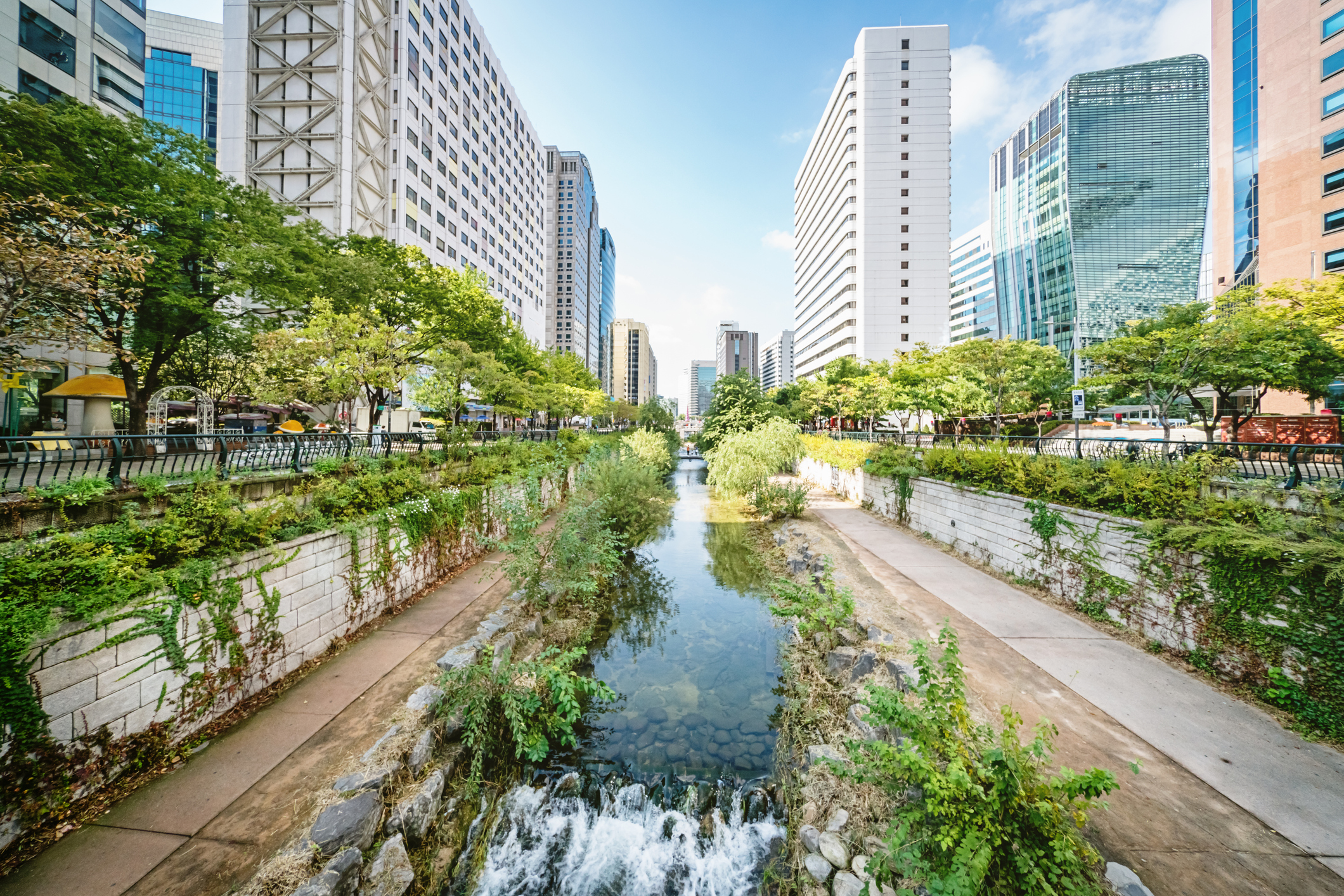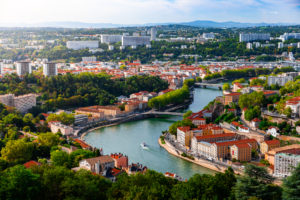Happy Breath will pay your shipping with orders of $100 or more (mainland US orders only).
Tails from the trail and tips on training your human

Saving Urban Rivers: The Recent Conundrum?

If you’re a history buff or have even passing knowledge of how human civilization came into being, one commonality you’d find across the different ages would be water. Whether Indus or Mayan, ancient civilizations formed colonies in places where they had access to fresh water.
Naturally, most booming colonies were founded near lakes and rivers, with plenty of fresh water available for consumption, irrigation, and other uses. In fact, people from other colonies and tribes relocated to places with fresh water in easy access.
Since then, the human population has grown by billions. This means many of these natural water bodies and waterways have been depleted or are near that stage. There are plenty of urban rivers, or rivers that run through populated cities, that have become polluted to the point of no return.
This is why we must take action, learn from our past, and find new ways save urban rivers. Let’s break down how communities can bring about this change.
10 Ways to Save Urban Rivers
1. Making Dams
Making dams is one of the best approaches to save our rivers as they allow us to control the river’s water levels. Dams can also prove to be a source of power. In addition, dams can effectively protect the towns by facilitating flood control.
2. Decrease Water Pollution
Dumping waste into urban rivers is another mistake we must avoid to save our rivers. People dump industrial and household waste into urban rivers. Furthermore, rainstorms pouring directly into the river make the river’s natural water filthy and unclean to drink or sustain biodiversity.
3. Controlling use of Rivers for Recreational Activities
Recreational activities, such as fishing, boating, swimming, water sports, and other activities throughout the year may sound great, but if unregulated, they can impact the river’s ecosystem negatively. This is where local governments can play their part and set regulations against unchecked overuse.
4. Removing Invasive Flora and Fauna
When species not native to the river’s ecology enters it, they can produce devastating effects. You can find both animal and plant invasive species in urban rivers, which are often introduced by humans when they introduce plants or animals that populate urban rivers rapidly. These invasive species can damage the river’s biodiversity and change the ecosystem.
5. Improving Drainage Systems
Hard surfaces stop natural water drainage systems from working through the soil. Consequently, rivers experience increased floods, pollution, erosion, and loss of natural habitats. We can return the water flow to a natural state by reducing overflow through better drainage systems.
Another approach we can take here is establishing sustainable urban drainage to manage groundwater and reducing the overflow. This technique is extremely effective in preventing the degradation of urban rivers.
6. Improve Habitats
Removing hard riverbanks can restore habitats, improving urban rivers and their ecosystem.
This technique can help native plant species thrive and fish stabilize in the riverbanks. Hard riverbanks can reduce riparian planting (along the riverbank), but we can significantly improve biodiversity. When habitats improve, urban rivers continue to thrive. In some places, this means more opportunities for regulated and controlled fishing.
7. Getting Local Communities Involved
Urban rivers play a vital role in any environment. With increasing population, many urban rivers have been reduced to urban streams, which are used to remove wastewater and discarding waste.
It is important to create awareness among communities about the extinction of rivers. The majority of people do not even know the poor conditions of urban rivers in their cities. We need to build trust with local communities and educate them about these urban rivers’ importance. This can be achieved by informing them about urban rivers’ economic and social benefits.

Benefits of Urban Rivers
As discussed in the previous section, urban rivers were not originally meant to function in surroundings where factory and human waste along with continuous urbanization is a constant problem.
From being effective for flood control to providing ecological benefits, urban rivers still have a role to play for humans and other living beings alike.
Here are some benefits of urban rivers and why saving them is worth the collective effort:
Access
River restoration can improve the quality of family parks and other public open places. Urban rivers that surround public parks can offer higher biodiversity and better recreational activities for people coming to the parks. However, proper regulation is necessary to prevent overuse and pollution in the river.
Better Environment
Urban rivers definitely improve the air quality because of the presence of dense vegetation. This also means the levels of carbon dioxide and pollution in the atmosphere will be easier to manage. In this way, urban rivers make the environment better.
Flood Water Management
A healthy river ecosystem plays a vital role during natural floods. It can reduce the damage caused by the flood by regulating water flow and facilitating water drainage.
Beautiful Landscapes
Urban rivers can offer one of the most beautiful landscapes. With improved water quality and sustained ecosystem, urban rivers can be turned into natural parks, which increase aesthetics and adding environment benefits.
Wrapping Up
With that said, this wraps up our discussion on the ten ways to save urban rivers and the benefits of doing so. Urban rivers offer various benefits and play a vital role in the area’s ecology. Unfortunately, these rivers have lately been at risk of being excessively polluted, and people have started to take them for granted. We need to understand the importance of urban rivers, and we should stop repeating the same mistakes of the past. In addition, the government should implement laws to avoid any activities that may harm urban rivers.
If the government and local communities do their part in saving urban rivers, the collective effort may lead to a significant improvement.